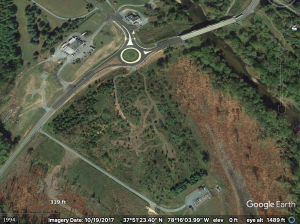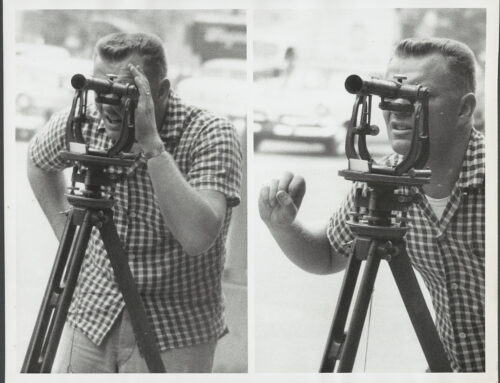 Owners of undeveloped land in condemnation cases sometimes try to increase their award by arguing that the project has damaged their land by limiting its development potential. As part of that argument, they often try to introduce into evidence proposed site plans or other drawings showing how the property could have been developed before the taking and the limitations on that development caused by the project. In a ruling handed down just before the holidays, the Virginia Supreme Court reaffirmed that there are significant limitations on when a landowner can introduce such evidence.
Owners of undeveloped land in condemnation cases sometimes try to increase their award by arguing that the project has damaged their land by limiting its development potential. As part of that argument, they often try to introduce into evidence proposed site plans or other drawings showing how the property could have been developed before the taking and the limitations on that development caused by the project. In a ruling handed down just before the holidays, the Virginia Supreme Court reaffirmed that there are significant limitations on when a landowner can introduce such evidence.
The project that led to the case was the re-working of the intersection of Route 53 and Route 15 in Fluvanna County, a rural jurisdiction near Richmond, from a “T” shaped intersection into a roundabout. The property at issue was an approximately 44-acre tract along Route 15 opposite the intersection. VDOT proposed to take a relatively small portion of the land, about 0.166 of an acre, and encumber a similar amount of land with easements to carry out the project.
During discovery, the landowner disclosed that he intended to testify that the project would eliminate one of the planned pad sites, resulting in damages of $545,000. VDOT objected to this, arguing that a landowner may not rely on the loss of a non-existent building site to claim damage to the residue. The trial court agreed and forbade the owner from testifying to that effect. It also declined to admit the site plans into evidence. Nevertheless, the landowner testified that the taking would damage his property in the amount of $545,000, which was 25% of his estimate of the value of the acreage fronting on Route 15.
The commissioners all awarded the same amount for the taking, $107,131, but split on the amount due the owner for damages to the remainder. The majority awarded $350,000 in damages, but the minority only awarded $125,000 in damages. VDOT filed exceptions to the report, arguing that the landowner had impermissibly testified about damages based on the elimination of the fourth pad site. The trial court agreed and struck the landowner’s testimony and, because no other evidence of damages had been introduced, also struck the damages award. The landowner appealed, arguing that the trial court should have admitted the site plans into evidence and should not have struck the testimony about damages.
The Supreme Court of Virginia affirmed the trial court’s rulings. As to the site plan issue, it noted that such plans can be relevant to the determination of damages. The court noted that the general rule in determining damages is that “present and future circumstances which actually affect the value of the property at the time of taking may be considered, but remote and speculative damages may not be allowed.” Thus, site plans can be relevant “if a prospective willing buyer would recognize the probability of site plan approval in the near future when determining market value.” A trial court thus has discretion as to whether to admit such plans into evidence. The court found that the trial court had not abused its discretion in refusing to admit the site plans here because the County had not approved them, a number of conditions on approval imposed by the County had not been met by the landowner, the landowner had not obtained approval to build in a flood plain, and no entrance to the proposed development had been approved. Accordingly, the plans were too speculative and contingent to be admitted.
The court also ruled that the trial court properly struck the landowner’s testimony about damages. It held that the landowner’s testimony was necessarily rooted in the loss of one of the four planned pad sites because the amount of damages was the same as he had previously calculated based on the loss of the site and he testified that he arrived at the figure by estimating that the remainder was damaged by 25%. The loss of the pad site was, in turn, dependent on site plans that were, as noted above, contingent and speculative. The testimony was therefore too speculative and contingent to be admitted.
The case is styled Palmyra Associates, LLC v. Commissioner of Highways and the opinion can be found here: http://courts.state.va.us/opinions/opnscvwp/1191680.pdf.
 Matt Hull is a Pender & Coward attorney focusing his practice on eminent domain/right of way, local government, and waterfront law matters.
Matt Hull is a Pender & Coward attorney focusing his practice on eminent domain/right of way, local government, and waterfront law matters.






Leave A Comment